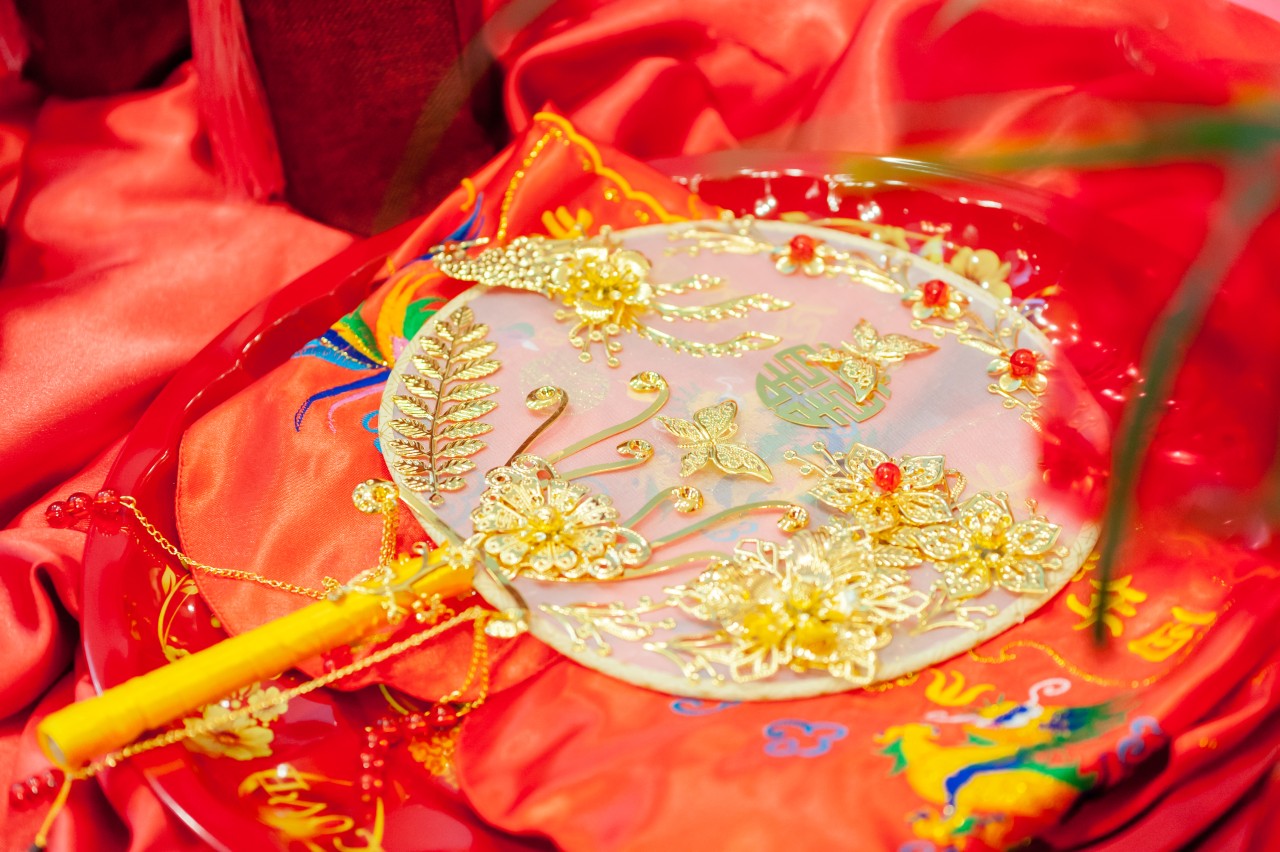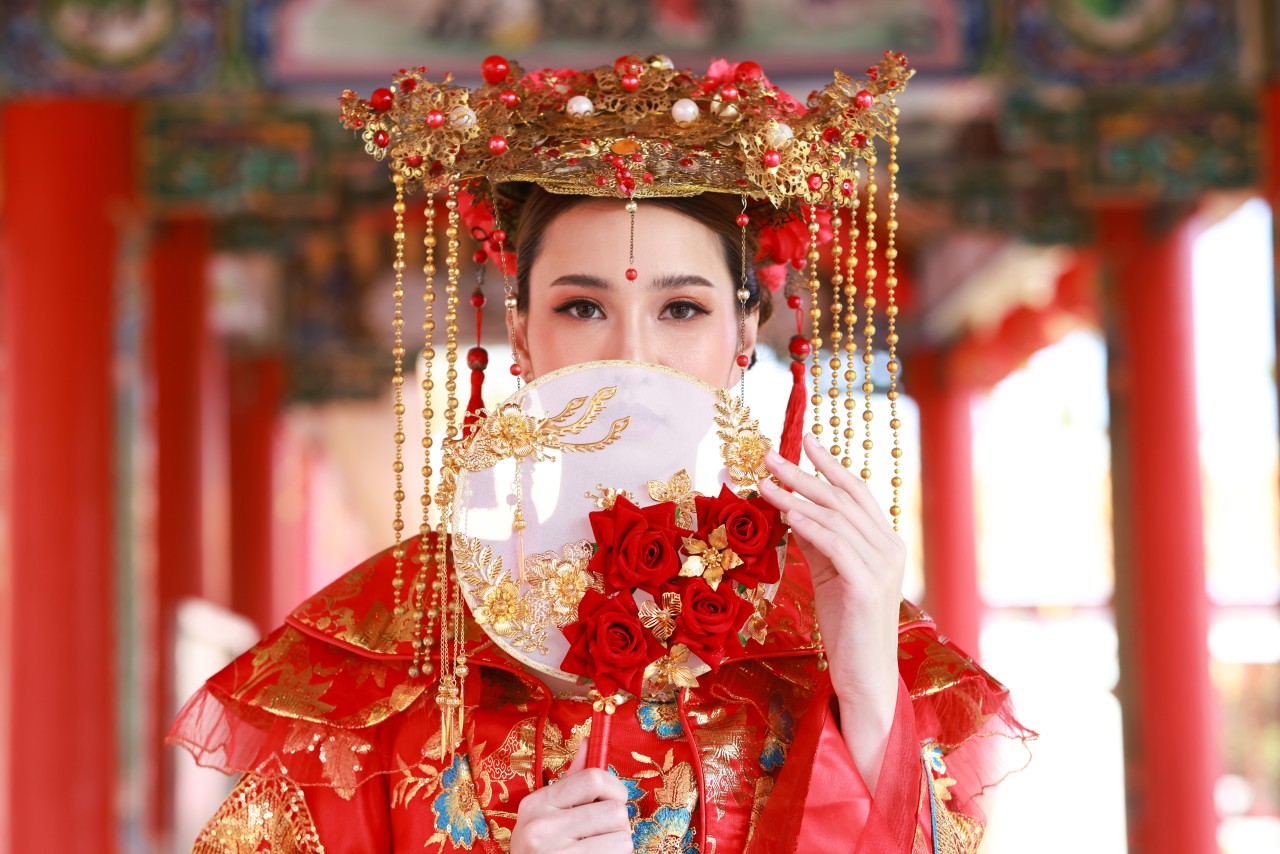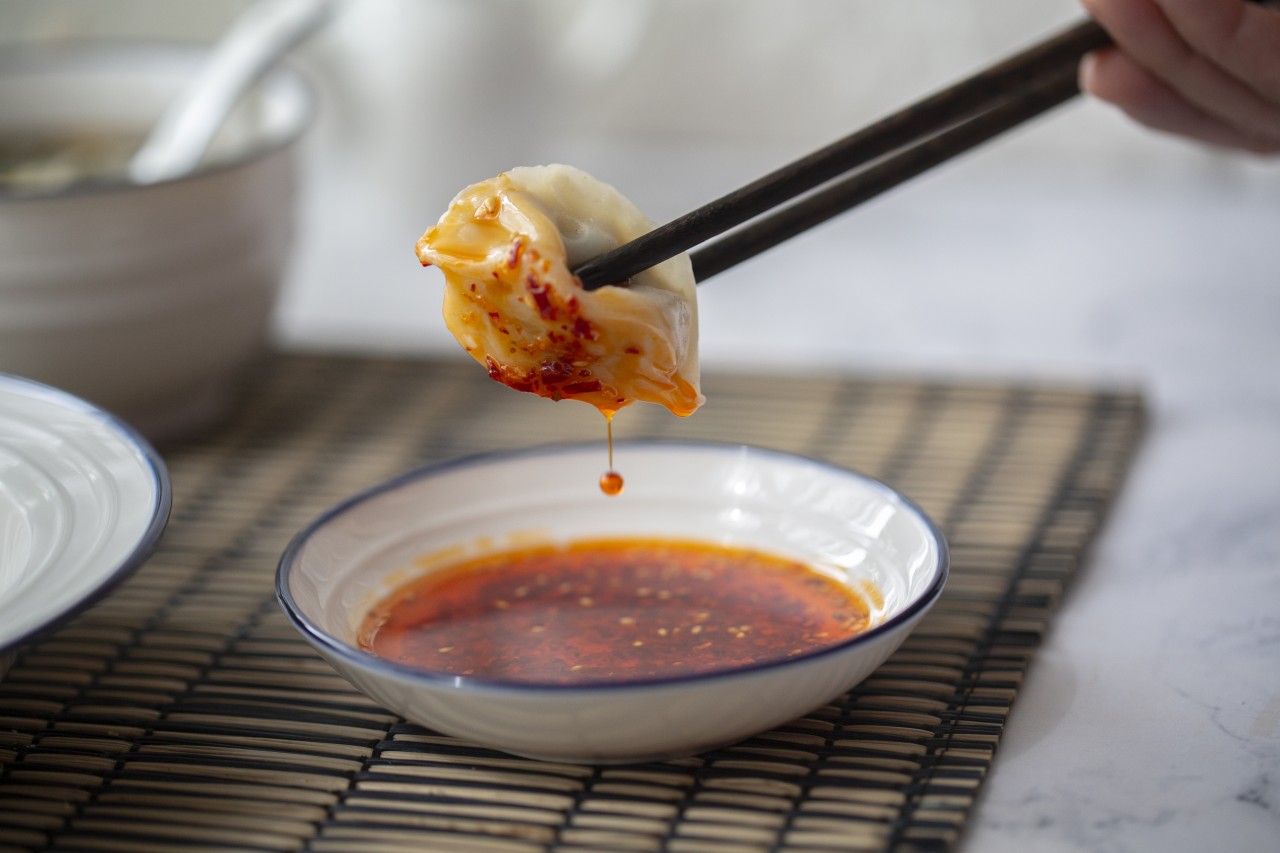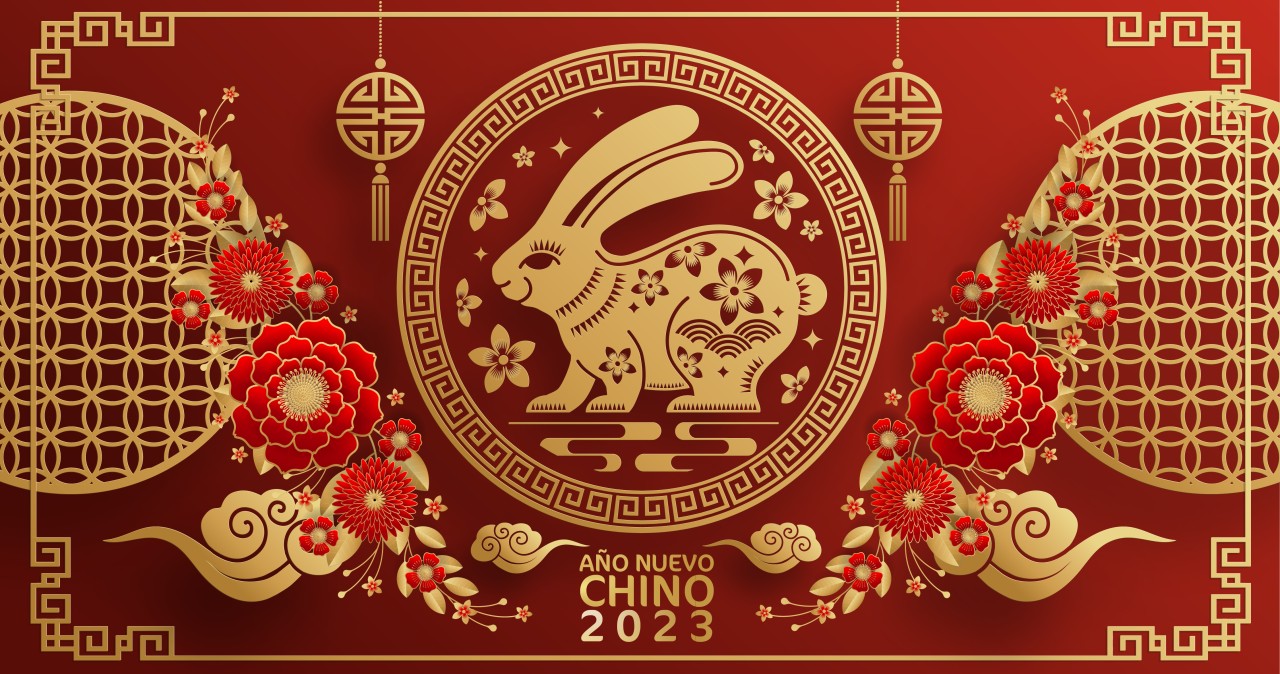Create your own Chinese fan with Pure Cuisine
The history of the fan goes back practically to the history of humanity. Perhaps not as we know and use them today, but humans have been managing for many centuries using different utensils to alleviate the heat.
Although it is difficult to confirm who invented the fan, it is clear that Chinese fans were among the first to appear around the world. These stand out because they are not only an object with which to cool off, but they carry a whole meaning behind them, depending on their shape, their color, their drawings, which turns them into works of art.
Surely you have never thought about it, but in countries like China you can be saying a lot depending on how the fan you are using is. Can you imagine all the messages that you have been able to send around without realizing it?
Getting ahead of the summer, at Pure Cuisine we have begun to carry out a workshop in which we will teach you how to make Chinese fans, so that you can use them as decoration in your home, give them as gifts or set trends in the streets of your city.
And so that you arrive at our workshop knowing everything about Chinese fans, here are some curiosities about them and their history.
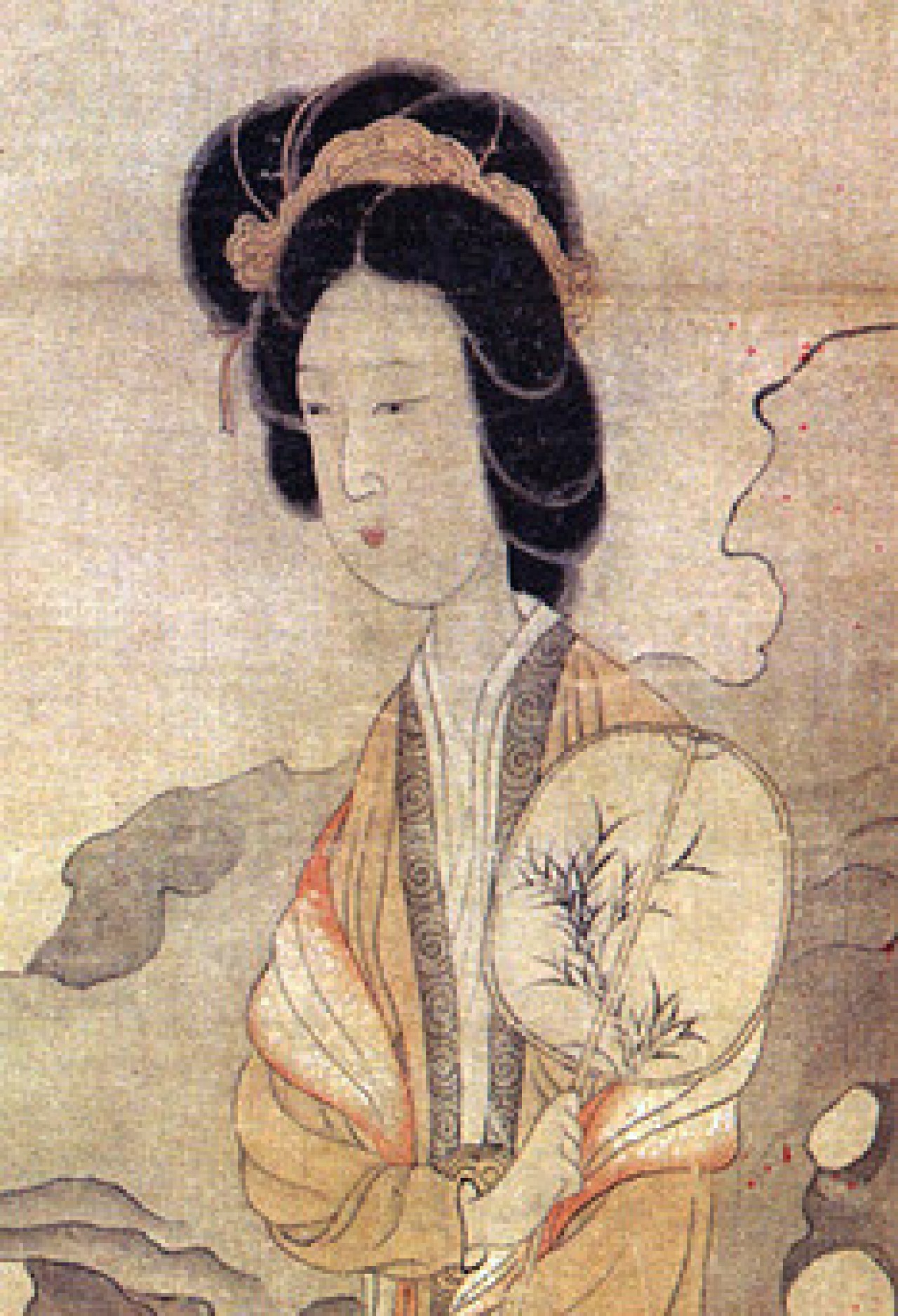
Antiquity
Fans have been represented in oriental art for thousands of years. China probably has the longest historical record of fans in the world. The first written reference to this instrument in the Asian country is from 121 AD. C., where they spoke of a plant with large leaves that they used to give themselves (or give) air, but it is known that they were used for many years before.
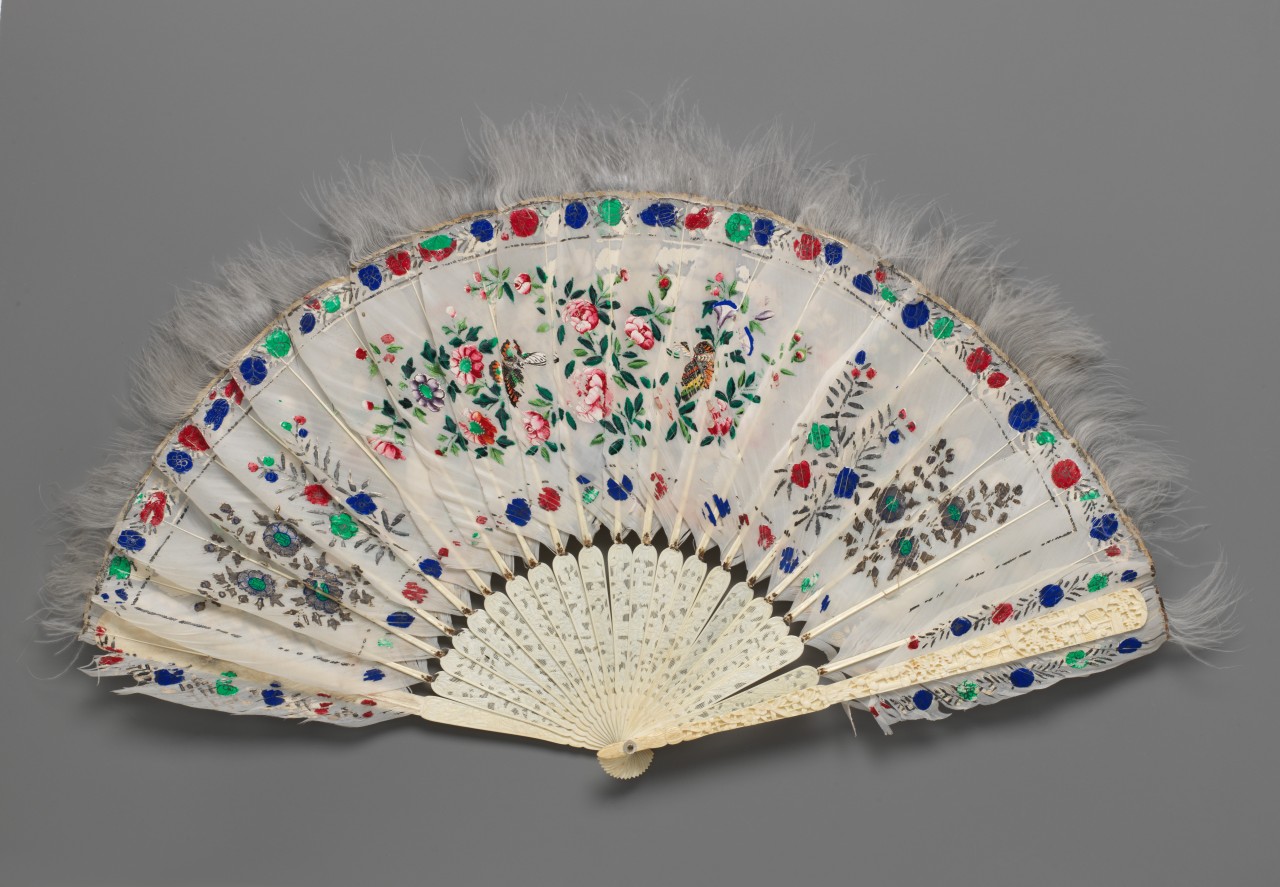
Name
Although in China the generic name given to the fan is shan, this can vary depending on its shape or its use, since in the Asian country there are countless different fans. For example, the typical Chinese round fan is known as wan shan, while the folding one, more common for us and that they use in the practice of tai chi, is called, among others, by the name of taiji shan.
The origin of the name in Spanish is also curious: it is the diminutive of the Portuguese word abano, which means to move, since it was the Portuguese who introduced this contraption to Europe.
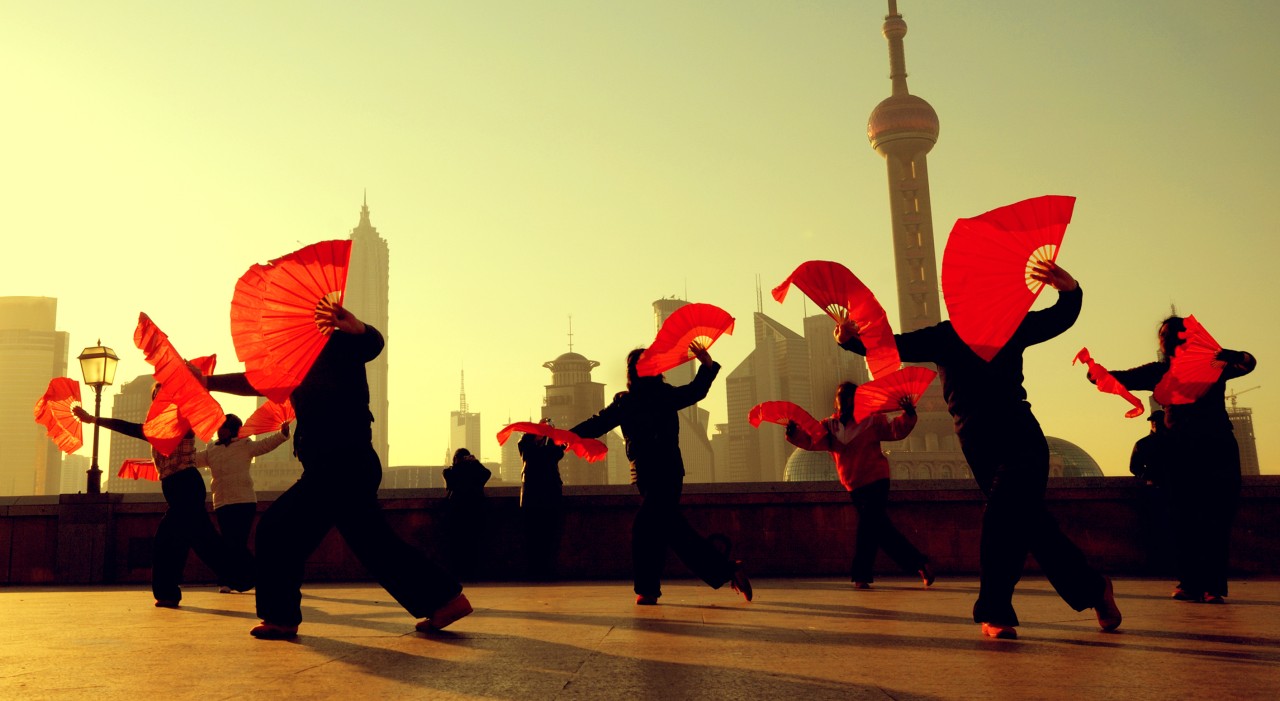
Shape
When we talk about Chinese fans, how do you imagine them? Although most people think of the typical circular and flat fan, the reality is that throughout Chinese history an endless number of fans have been invented: from giants that have to be moved by two people to ceiling fans or for the hair. It is even said that the typical folding fan that is commonly used in Spain was invented by a Chinese in the 7th century, inspired by the mechanism of a bat's wing.
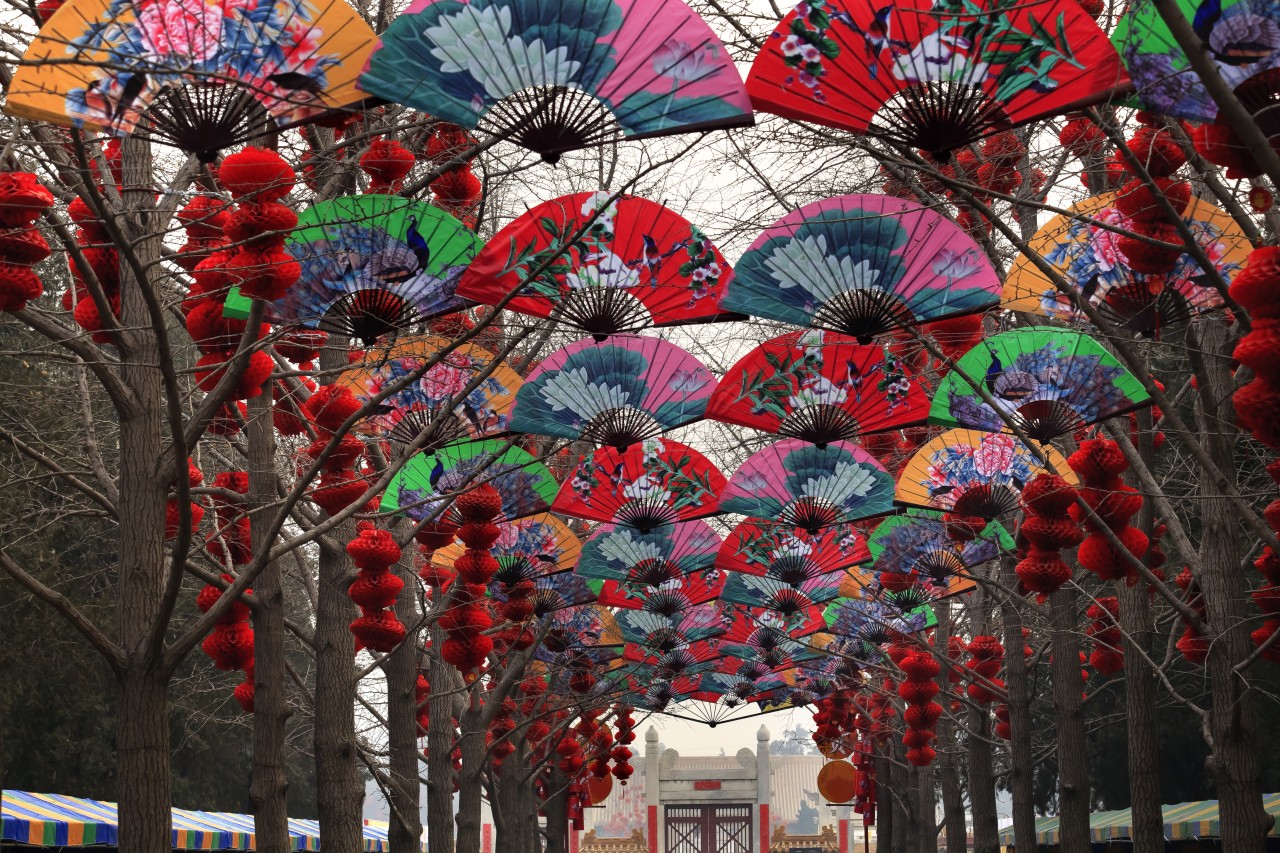
Material
In addition to having so many different shapes, Chinese fans are made from a wide variety of materials. For example, those that were large and required more than one person to move, very common among people from higher social classes, were created with feathers from animals such as geese, pheasants, or even peacocks, while the typical circular and very light, they can be made with simple and common materials such as different types of fabrics, but also with typical Asian materials such as silk or bamboo.
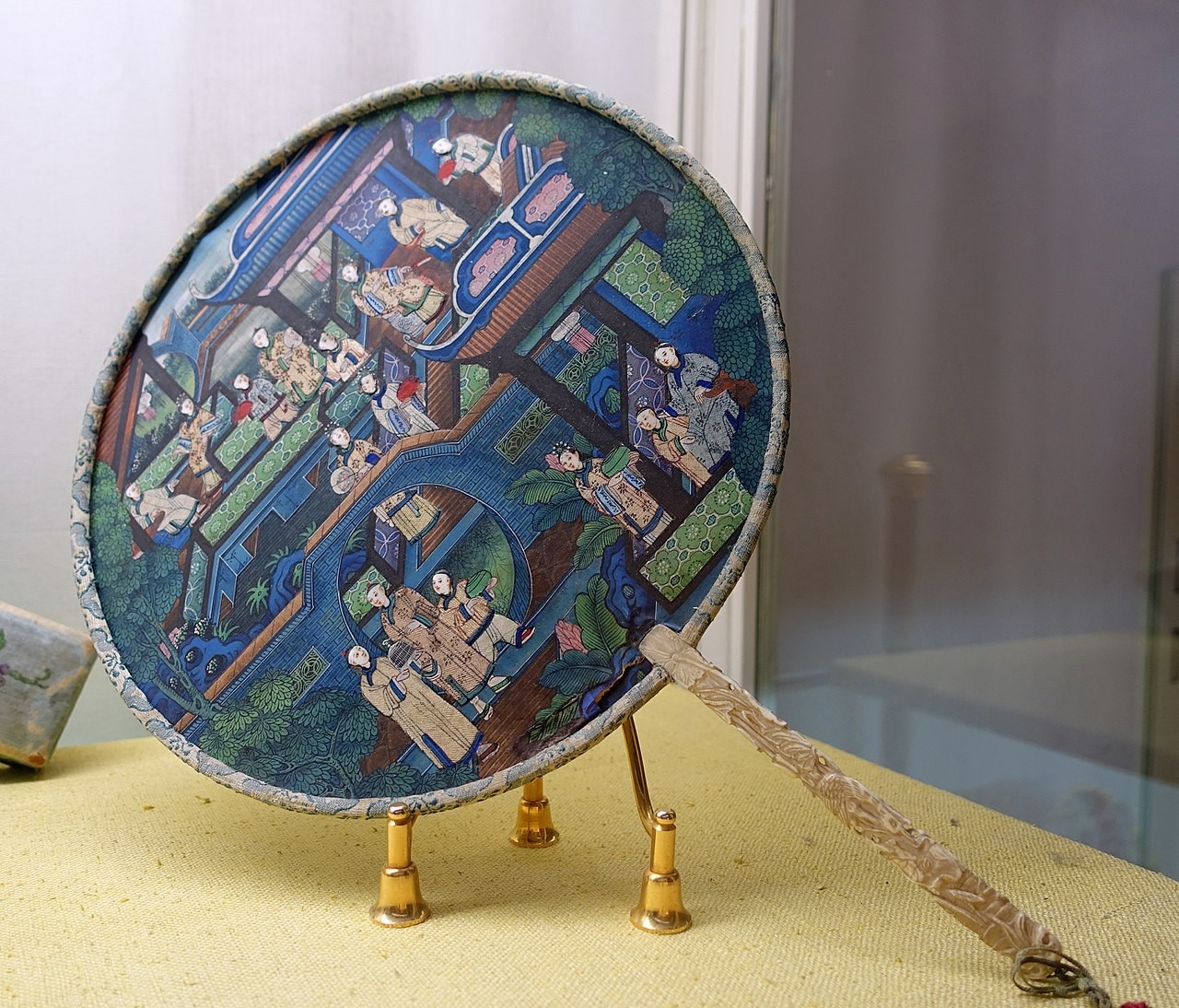
The drawings
Here comes one of the curiosities that most attracts the attention of Chinese fans. As in many other areas of the Asian country, fans are used to attract luck in different aspects of life. For example, at weddings, drawings on fans are used to wish different benefits to couples: they are decorated with drawings of flowers and leaves for fertility, with scenes of daily life such as fishing or cultivation to wish prosperity and good luck. life, with phrases or words in Chinese for good luck, as well as with animals such as the dragon or the phoenix, which are also a symbol of success.
Now that the heat and the season of wedding celebrations are gradually approaching, what do you think about making an original and handmade gift for the couple? Stay tuned to our networks because we will soon announce a new Chinese fan workshop in which you will create a useful, different fan from start to finish and with a message of love and good wishes for the couple or, why not, for yourself.
